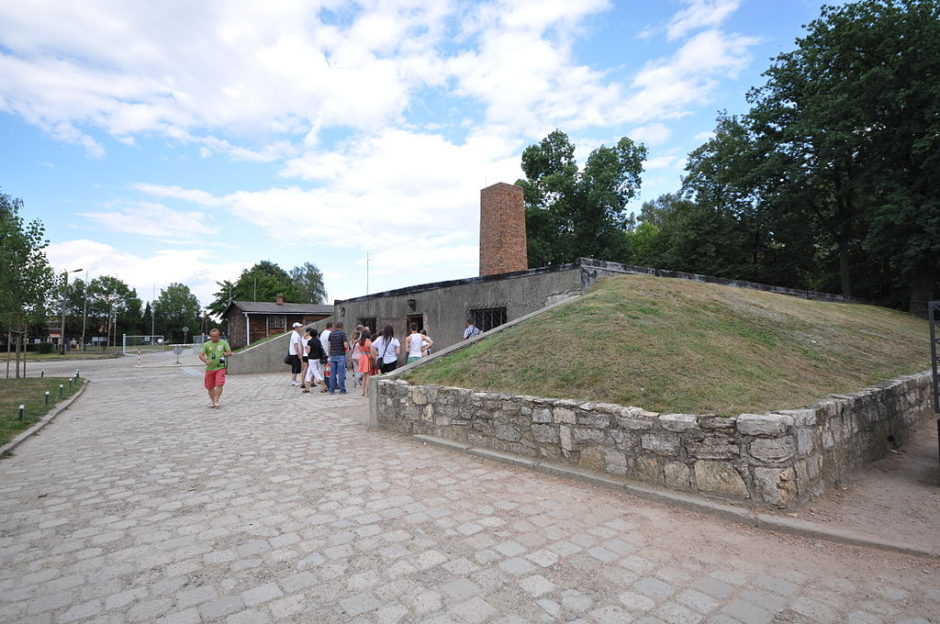The horrible things my eyes have seen are indescribable,” Marcel Nadjari, an Auschwitz-Birkenau prisoner, wrote in 1944.
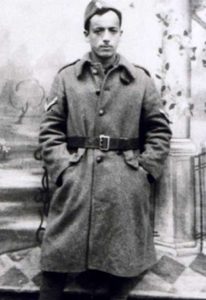
Nadjari, a Greek Jew, was a member of the Sonderkommando, a squad of inmates charged with the grisly, inhumane task of herding newly-arrived Jews into the gas chamber, extracting valuables from their corpses, removing their bodies and placing them in crematoria, and throwing their ashes into the nearby Sola River.
Of the roughly 2,000 Jews who were selected to be Sonderkommandos in this vast Nazi extermination camp, 110 survived their crushing ordeal. A handful wrote accounts of their experiences. Nadjari was one of them.
In 1944, he composed what would be a major document of the Holocaust — a 12-page letter outlining the tasks he was compelled to perform as a Sonderkommando. He placed it in a thermos, wrapped it in a leather pouch and buried it in the woods near one of the crematoriums that had consumed hundreds of thousands of Jews during the Holocaust.
There it lay, mouldering away, until a Polish forestry student accidentally discovered it in the brush in October 1980, close to the crumbling ruins of crematorium 3.
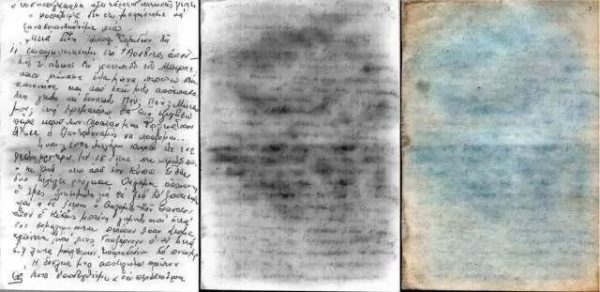
Nadjari’s letter was so damaged by the elements that it was virtually illegible. Thanks to modern scientific methods, a Russian scholar, Pavel Polian, was instrumental in restoring 90 percent of the legibility of Nadjari’s text, the only such account in the Greek language.
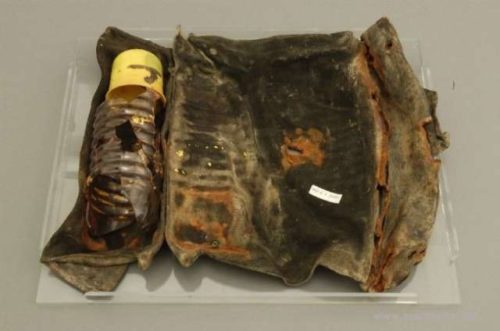
Polian was in Toronto on March 5 to participate in a panel discussion exploring the process of recovery, the significance of such accounts — known as the Scrolls of Auschwitz — and the history of Greek Jews within the context of the Holocaust.

The event, Out of the Ashes, Recovered Sources on Greek Jews in Auschwitz, took place at the University of Toronto’s Munk School of Global Affairs. It was moderated by Doris Bergen, the Chancellor Rose and Ray Wolfe Professor of Holocaust Studies in the department of history and the Anne Tanenbaum Center for Jewish Studies at the University of Toronto.
The panelists were Polian, the director of the Mandelstam Center at the Higher School of Economics in Moscow; Nicholas Chare, an associate professor of modern art at the University of Montreal, and Katherine Fleming, a professor of Hellenic Culture and Civilization at New York University.
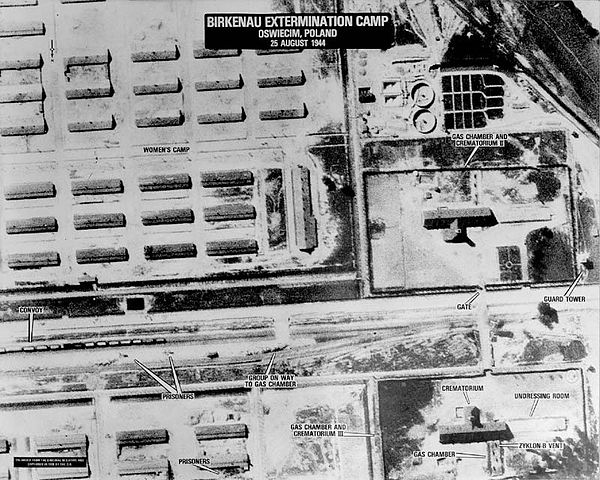
The first Scrolls of Auschwitz, written mainly in Yiddish, were found after the war and in the early 1960s, said Polian, a geographer. They were composed by Zalman Gradowski, Zalman Lowenthal, Leib Langfus and Chaim Herman.
Nadjari appears to have written his account in the spirit of vengeance. “I wanted to live to avenge the death of Papa and Mama, and that of my beloved little sister, Nelli,” he wrote in a reference to their deaths in Auschwitz.
Born in Thessaloniki in 1917, five years after it had ceased being a city in the Ottoman Empire, he was drafted into the Greek army in 1937 and again in 1940, when Italy invaded Greece. He returned to Thessaloniki (Salonika) in 1941, the year of the German invasion.
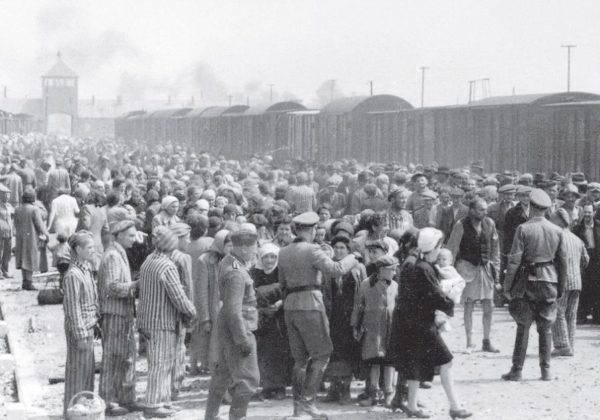
In 1943, most of its 50,000 Jewish inhabitants were deported to Auschwitz. Nadjari, having joined a Greek partisan band, avoided the roundups. Caught by the Germans and imprisoned, he was sent to Auschwitz in April 1944, shortly before hundreds of thousands of Hungarian Jews were dispatched there.

According to Fleming, the author of Greece — A Jewish History, many Sonderkommandos were Greek Jews because they were physically strong, having toiled as longshoremen prior to the war. Nadjari was profoundly Greek with respect to his beliefs and loyalty, even though Greek nationality was defined in explicitly Christian terms. And he wrote beautifully in Greek, she added.
The gruesome tasks he was forced to perform were extremely difficult. “Many times I thought of coming in with them (to the gas chambers),” he wrote in despair.
After the war, he returned briefly to Greece. His memoirs, accompanied by ink drawings of the crematorium, were published in 1947. He settled in New York City, where he had family and friends. He died in 1971 at the age of 54.
After his letter was found, Auschwitz museum workers succeeded in preserving it, but failed to decipher its contents. It was left to Polian and an assistant, Aleksandr Nikijaev, to accomplish that technical feat by means of a method called multispectral analysis.

Polian’s plain but searing account of the horrors he witnessed in Auschwitz have enhanced our understanding of the Sonderkommandos, said Chare, the co-author, with Dominic Williams, of Matters of Testimony: Interpreting the Scrolls of Auschwitz (2016). “But there will always be blanks that cannot be filled,” he said.
